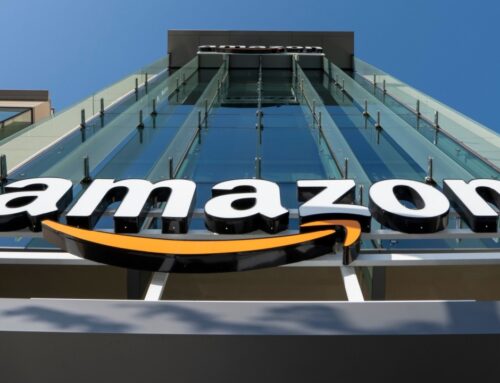Ripple eyeing ‘multiple acquisitions,’ Ethereum-like upgrades to XRP Ledger blockchain
June 26, 2025
- Ripple is in talks for ‘multiple’ acquisitions, according to an executive.
- The company already purchased prime broker Hidden Road for $1.25 billion this year.
- Future upgrades to its XRPL blockchain include increased ‘programmability’ and a new lending protocol.
Ripple, the company behind XRP, one of the world’s largest cryptocurrencies, made waves when it purchased prime broker Hidden Road earlier this year.
It won’t stop there, according to Ripple Chief Technology Officer David Schwartz.
“Our M&A people are very busy,” the executive told DL News in New York.
“We have multiple potential acquisitions in various different stages, from early stages to late stages.”
Ripple is the creator of the XRP Ledger, a blockchain that runs on XRP. The cryptocurrency had a market value of $124 billion Thursday, making it the fourth-largest, behind Bitcoin, Ethereum, and Tether’s USDT stablecoin.
The company has been aggressively courting traditional finance, pitching XRP and its new stablecoin, RLUSD, as assets designed to facilitate cross-border payments.
In April, Ripple acquired Hidden Road for $1.25 billion. The crypto firm said it would use RLUSD as a collateral across Hidden Road’s suite of brokerage services.
Previously, Ripple acquired the crypto custody firms Metaco for $250 million and Standard Custody for an undisclosed amount.
In January, a spokesperson told DL News the firm was “actively seeking companies to purchase.”
Crypto M&A
Schwartz said Thursday those efforts are ongoing — and buoyed by a relative lack of interest from titans of traditional finance.
“There’s a unique opportunity right now for cryptocurrency companies to acquire companies that create strategic value, like the Hidden Road acquisition,” he said.
“And we’re definitely aggressively looking for those opportunities, because it seems like Wall Street hasn’t quite caught on yet. … They’re not competing to acquire the companies that could give them a leg up in these spaces.”
Crypto mergers and acquisitions have soared this year. But they have been largely limited to crypto-first companies and fintechs eager to expand crypto offerings to their base of retail traders.
Last month, Coinbase acquired crypto options exchange Deribit in a $2.9 billion cash and stock deal, and Robinhood bought Canadian exchange WonderFi for $250 million Canadian dollars in an all-cash deal.
In March, US-based crypto exchange Kraken acquired NinjaTrader, a retail futures trading platform, for $1.5 billion.
And in January, Circle, the company that issues the USDC stablecoin, bought Hashnote, the world’s largest tokenised treasury fund.
XRP Ledger
Unlike other, more flexible blockchains on which developers are free to deploy virtually any kind of application, the XRP Ledger is tightly controlled and features only a small number of applications — a design choice meant to ensure user funds aren’t siloed across a variety of exchanges and lending platforms, Schwartz said.
Nevertheless, his team is currently working to make it more flexible, or “programmable,” in developer parlance.
“I don’t think you’re going to see, even in the medium term, the full programmability,” he said.
“We like the fact that we have a niche where we have things like concentrated liquidity. But what we’re looking at is, can we get some of the benefits of programmability without the downsides?”
The XRP Ledger could, for example, soon feature smart contracts that manage payments, converting the crypto a payee receives into their preferred digital asset, Schwartz said.
Ripple is also building a lending protocol for the XRP Ledger, set to debut in the the third quarter of the year, pending approval of “validators” who confirm transactions on the blockchain.
“There’ll be somebody offchain, who curates the set of borrowers, who sues them if they don’t repay, or who handles repayment arrangements if they declare bankruptcy or whatever,” Schwartz said.
“And then the ledger can tokenize your interest in the repayments and handle the distribution of the repayment. Which is sort of a nice split between TradFi on the frontend and DeFi on the backend.”
Ripple has made a flurry of announcements in June, including the debut of tokenised treasuries, an institution-friendly decentralised exchange, and a partnership with Wormhole, a so-called crypto bridge that allows for the movement of crypto assets across otherwise incompatible blockchains.
Aleks Gilbert is DL News’ New York-based DeFi correspondent. You can reach him at aleks@dlnews.com.
Related Topics
Search
RECENT PRESS RELEASES
Related Post




